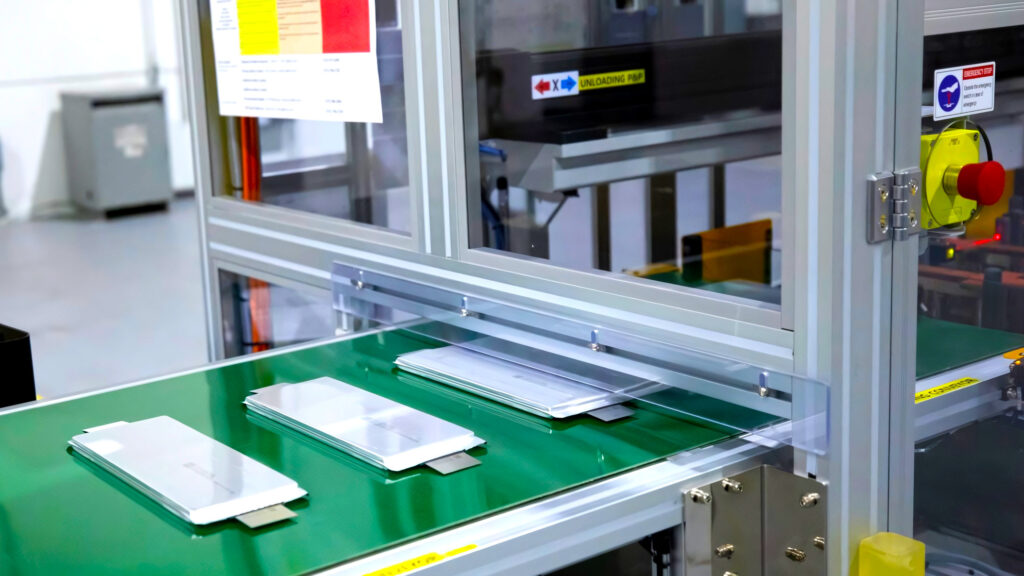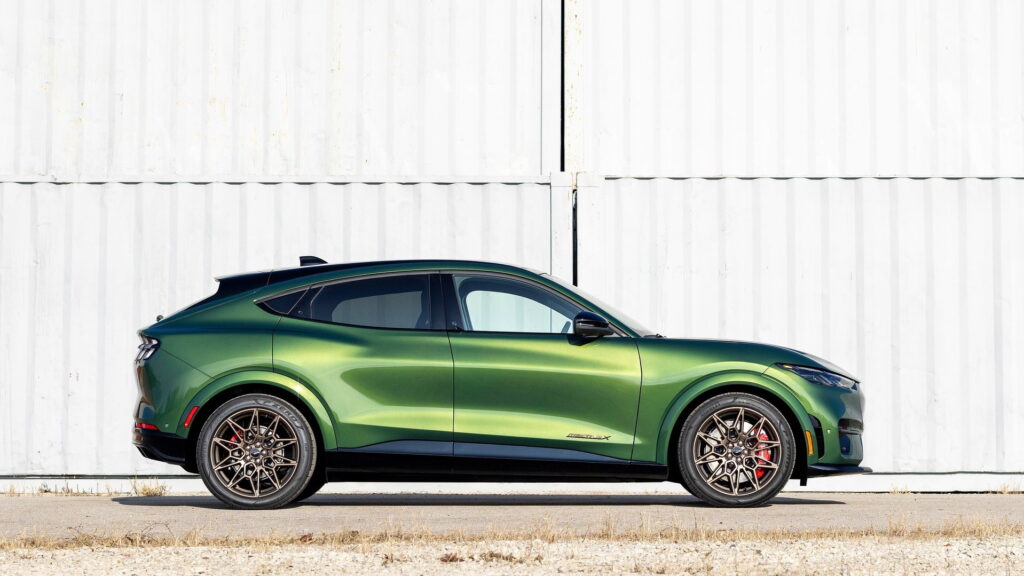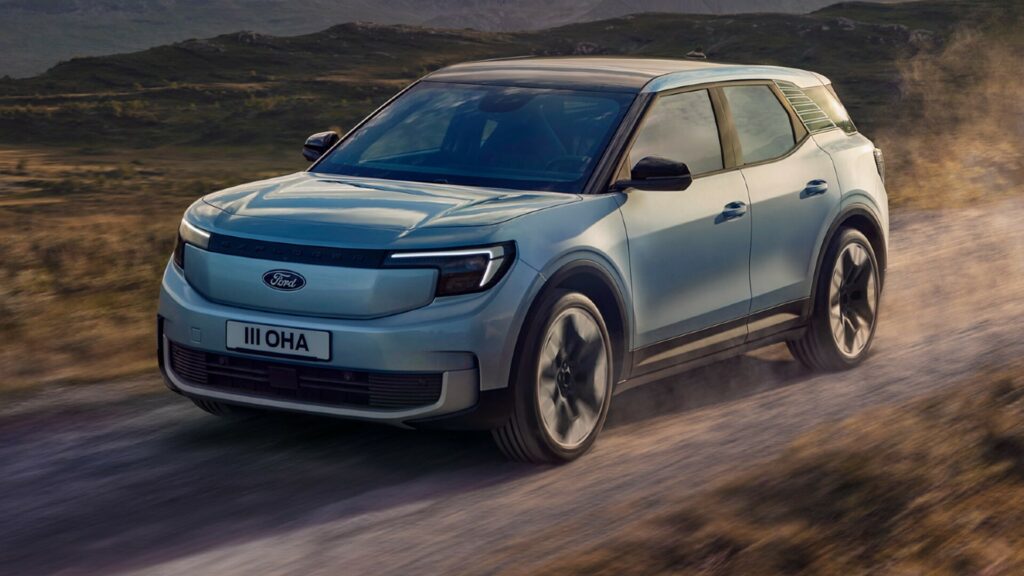
- Ford’s newly-developed LMR battery promises better range and a safety profile like LFP cells.
- The LMR battery chemistry is designed to be more affordable than current mid-nickel batteries.
- The company believes this battery will help achieve cost parity with traditional ICE models.
As the EV market continues to evolve, battery technology is quickly becoming the battleground for major automakers. Most of the electric cars currently available use either lithium-iron phosphate (LFP) or nickel manganese cobalt (NMC or NCM) batteries, with some manufacturers exploring sodium-ion options.
var adpushup = window.adpushup = window.adpushup || {que:[]};
adpushup.que.push(function() {
if (adpushup.config.platform !== “DESKTOP”){
adpushup.triggerAd(“0f7e3106-c4d6-4db4-8135-c508879a76f8”);
} else {
adpushup.triggerAd(“82503191-e1d1-435a-874f-9c78a2a54a2f”);
}
});
Now, Ford is taking things a step further, announcing a new battery chemistry it plans to incorporate into its EV lineup over the next decade. Enter Lithium Manganese Rich (LMR) batteries, developed at the Blue Oval’s Battery Center of Excellence in Michigan.
Read: Ford’s Experiment In EV Distribution Hubs Is Over
In a LinkedIn post this week, Charles Poon, Ford’s director of electrified propulsion engineering, explained that the LMR batteries offer a higher energy density than traditional high-nickel batteries. This, according to Poon, translates to greater range for Ford’s EVs, which means customers can travel farther on a single charge, reducing that all-too-common “range anxiety” that plagues so many EV drivers.
The LMR battery has been engineered to achieve a safety profile similar to LFP batteries, and they promise to be “significantly” cheaper than current mid-nickel batteries. Poon went on to describe the LMR batteries as the answer to “what next?” with Ford already selling LFP and NCM-powered EVs.

Ford said this new battery will also help it achieve cost parity between EVs and gasoline-powered vehicles. There’s no word on whether Ford collaborated with any of its existing battery partners on the development of the LMR chemistry, such as CATL, LG, or SK On, with Poon simply crediting the more than 135 “world-class chemists, manufacturing engineers and scientists,” at the Ford site.
“This isn’t just a lab experiment. We’re actively working to scale LMR cell chemistry and integrate them into our future vehicle lineup within this decade. The team is already producing our second-gen LMR cells at our pilot line,” he added.
The development of this new battery comes despite Ford slowing many of its EV plans last year, including axing a three-row electric SUV and delaying a new electric version of the F-150. However, it is still working on an electric mid-sized pickup and a new electric van, among other consumer-focused EVs.

var adpushup = window.adpushup = window.adpushup || {que:[]};
adpushup.que.push(function() {
if (adpushup.config.platform !== “DESKTOP”){
adpushup.triggerAd(“bb7964e9-07de-4b06-a83e-ead35079d53c”);
} else {
adpushup.triggerAd(“9b1169d9-7a89-4971-a77f-1397f7588751”);
}
});